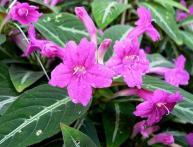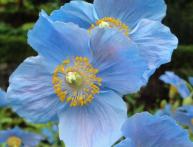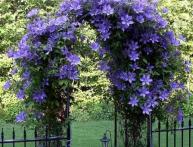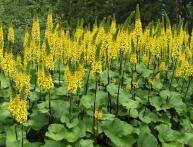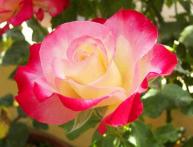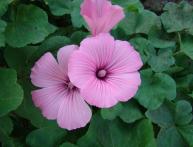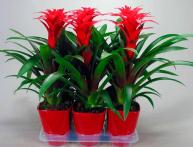Cineraria in the photo. Growing Cineraria
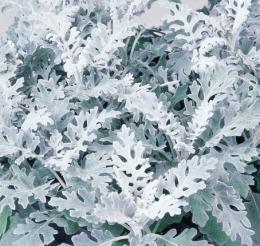
Cineraria is a garden plant that is traditionally larger valued for its decorative leaves, than flowers. However, belonging to the Asteraceae family, this plant has varieties with quite spectacular flowers. Cineraria in the photo may resemble a daisy, chamomile, or kulbaba. In nature, these plants are herbaceous perennials or shrubs, but in gardens they are used only as annuals. They are usually grown cineraria maritima, forming a rosette of feathery leaves of white-silver color. Peduncles appear in the second year, but they are not very decorative and are usually cut off. Beautifully flowering varieties are usually cultivated as potted plants.
Cineraria maritima received this name because its homeland is the Mediterranean. This is a sun-loving plant, but drought-tolerant. It requires watering only at the beginning of growth. But it needs fertile and well-drained soil. It is not necessary to fertilize it; you can apply nitrogen fertilizer once a season, in June. The plant does not tolerate frost, so it is planted seedlings. Sowing is done in March in wooden boxes. Since the seeds are very small, they not embedded in the soil, and laid out on its surface, and the box is covered with glass or plastic film.
At room temperature, seedlings will appear in about 10 days.After a pair of true leaves appear, the plants are planted in separate containers. Maritime cineraria is planted in open ground at the end of May or beginning of June, when the threat of night frosts has passed. The distance between plants is 15-20 centimeters. They are usually used for decorating flower beds, borders, alpine slides, ridges. If you have ever wondered how to design a flowerbed or garden bed, you might have seen the cineraria in the photo.


